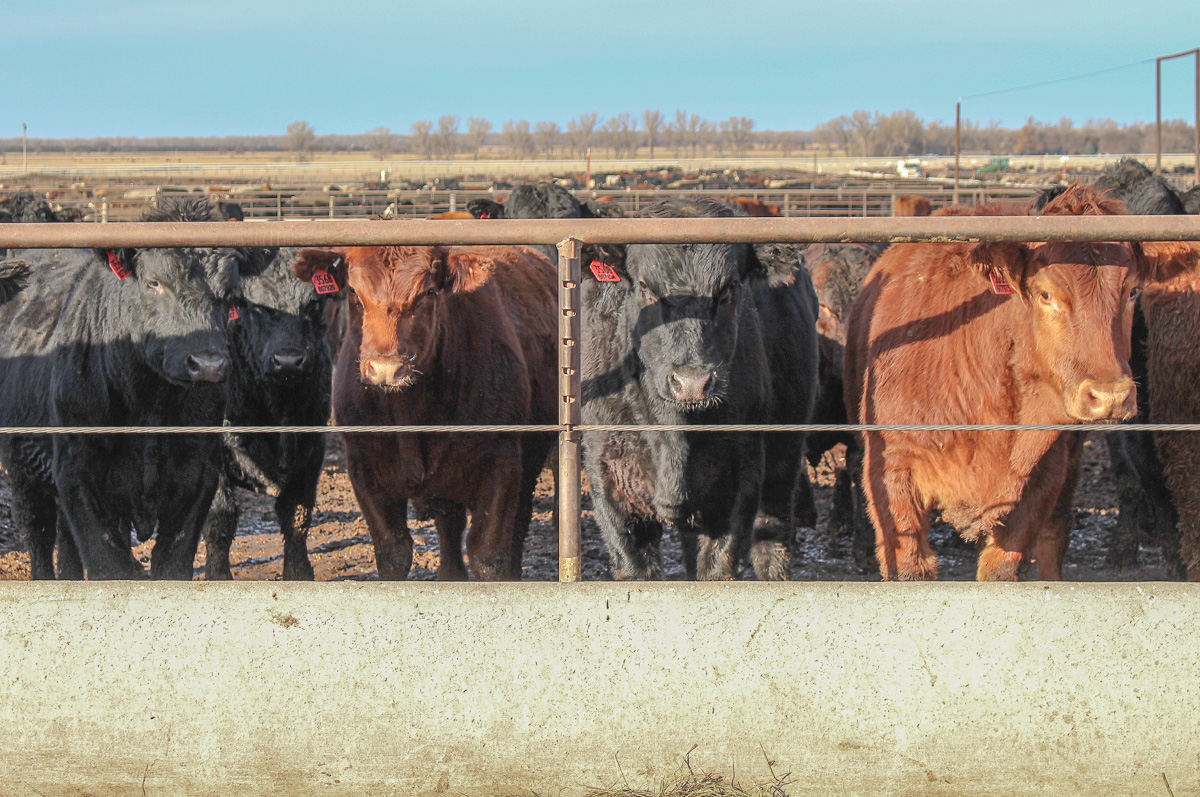It’s no secret: Feed has always accounted for, by far, the biggest production expense of beef cattle production. Great minds throughout the industry have spent decades and dedicated entire careers to making sure that enormous investment goes as far as possible. Advancements in the realm of cattle feed and nutrition sometimes come so fast and furious it’s difficult know which direction to turn.
Really, though, it all boils down to one simple thing: making sure your cattle are wringing every iota of nutrition from the feed you give them.
“Ultimately, we want to create a system where the animal gets the most nutrients out of what is consumed,” says Robby Bondurant, ruminant technical lead at Furst-McNess. “We need to look at what’s getting past the rumen so we’re extracting more of those nutrients and getting them absorbed through the intestine so the animal can utilize it.”
Much attention is rightfully paid to the rumen. But ensuring the rest of the digestive tract is in the proper condition to do its job is, unfortunately, an often overlooked part of the nutrition equation, particularly as feedlot cattle approach the finishing stage. About 85% of digestion takes place in the rumen, but Bondurant says it’s really after the rumen where the industry can make strides in feed efficiency. To properly absorb all the nutrients cattle are consuming – especially in the last 60 to 90 days of feeding – Bondurant says more focus should be given to the lower digestive tract.
“The key is to create synergies between ingredients to improve gut health both in the rumen and post-rumen,” he says. “We should have a goal of improving gut health in the rumen microbiome while also improving the small intestine’s absorption ability.”
Lengthening the growth curve
There comes a time, typically leading up to or during the finishing period, when an animal approaches its full growth potential and its growth curve plateaus. Much of that can be attributed to cattle simply not being able to eat enough as they grow to maintain that high growth rate.
“At some point, they’re just going to reach their maximum potential, and they simply won’t do any more,” says Bondurant.

When rations are mixed to create synergy among ingredients, nutrient absorption in the rumen and post-rumen can increase. Photo courtesy of Furst-McNess.
However, recent years have seen the rise of feed additive products that are able to push that growth curve further toward the end of the finishing period. This has helped feedlot operators maintain and even increase their profit margins as cattle add both weight and marbling. Many of those products, Bondurant notes, make subtle changes to the animal’s biology to increase its production. For the past couple of years, Bondurant’s team at Furst-McNess and researchers at the University of Nebraska have been working to develop products that work differently. Their focus has been on making the feed itself more efficient in cattle’s digestive tracts, in the hope of keeping that growth and marbling rate high without increasing the risk of costly ailments like acidosis. The goal has been to identify something that:
- Supports and maintains rumen function
- Enhances nutrient digestion and absorption
- Maintains and improves feed intake
- Increases average daily gain
- Increases live weight as well as hot carcass weight
- Maintains or improves marbling scores
- Has no withdrawal period
“We know we can extract more out of the feed, based on tests we’ve run on digestibility,” Bondurant says. “The question is: How can we do that where it works well biologically and economically? When you take all that into account, the place where it makes the most sense is at the end of the finishing period.”
The results of the study have offered a glimpse at a few potential solutions, one which combines zinc amino acid complex, live yeast, yeast extract, yeast culture and additional ingredients to achieve the improved gut health that helps cattle hit those goals at the end of the finishing period.
“We’ve tried to create the most efficient system where we really utilize those nutrients,” Bondurant says. “And we’re seeing not only growth performance but an increase in marbling in the rib-eye area in the data from this trial. Those nutrients are being more efficiently used to deposit fat at finishing.”
Return on investment
Of course, the cost of implementing additives or natural products plays a major role in decision-making. For many producers facing continued drought conditions and their attendant high feed costs, as well as ever-rising costs for things as simple as labor, it can be tempting to cut corners on nutrition. But for those who have fine-tuned their rations and have their animals performing at a high clip, the return on investment is evidenced in cattle through their entire lives.
“The last place you want to cut back is nutrition,” says Bondurant. “Whether you’re feeding cattle or you’re cow-calf, if there’s anything else you can cut, do that first. When you start to restrict nutrition, there’s a cascading effect. If the cow suffers, the calf at her side suffers and a calf in utero suffers. Reproductive performance will suffer. Cattle in the feedlot won’t perform to their potential. If we’re not enhancing these animals’ ability to do what they’re designed to do, what are we even doing here?”











